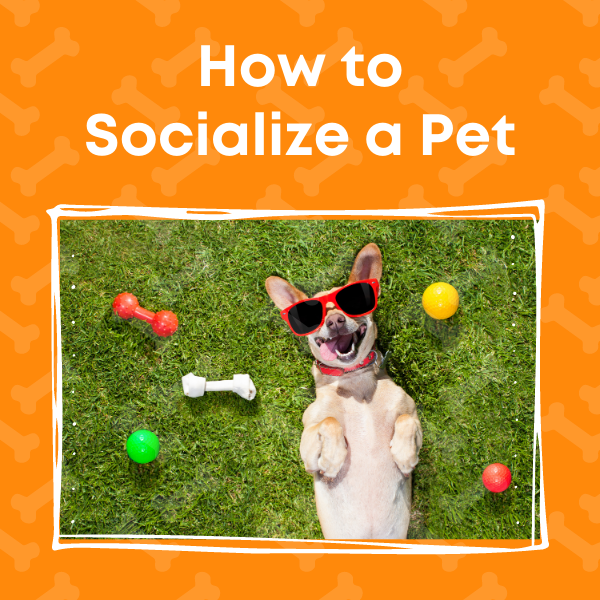
It’s possible to socialize cats and dogs, no matter their age
Read Time: 5 minutes
Whether you have a new puppy, an older dog, a young kitten, or an elderly feline, socialization is critical to creating happy and healthy lives for your pet. Pet socialization is the process of helping your pet feel comfortable in the presence of other pets, people, and environments outside your home.
Why Is It Important to Socialize Pets?
Pet socialization is vital so that your pet can function outside your house, behave on walks, and trust new pets and people it comes in contact with while staying relaxed. The risks of not socializing a pet include aggression toward other animals and people and anxiety. The more socialized pets are, the better their chances of living a happy and healthy life.
How to Socialize a Puppy
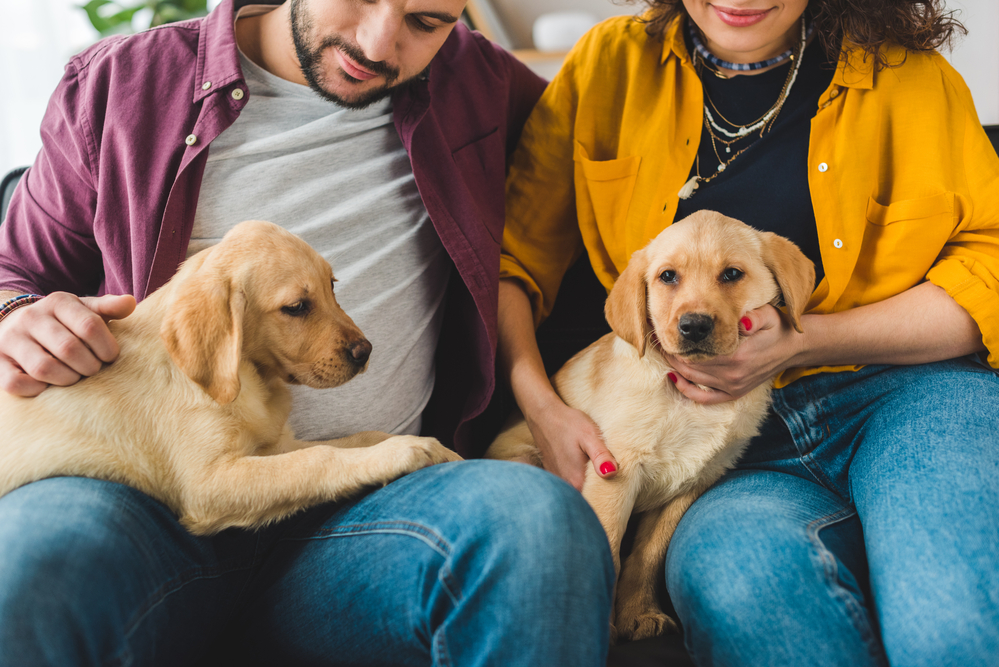
Socializing puppies is much easier than socializing older dogs. Everything is new and exciting to puppies, and most are fearless and curious about the world around them. They typically don’t have any negative feelings toward people or environments. The ideal age for socialization is seven weeks to four months old. Socialization gets harder after 18 weeks of age.
Keep Your Puppy Safe and Healthy
It’s best only to let your puppy interact with healthy, vaccinated pets. Since puppies are so young, they’re more susceptible to illness than older dogs. Make sure the dog parks you attend have a vaccination requirement.
Introduce Your Puppy to New People and Pups
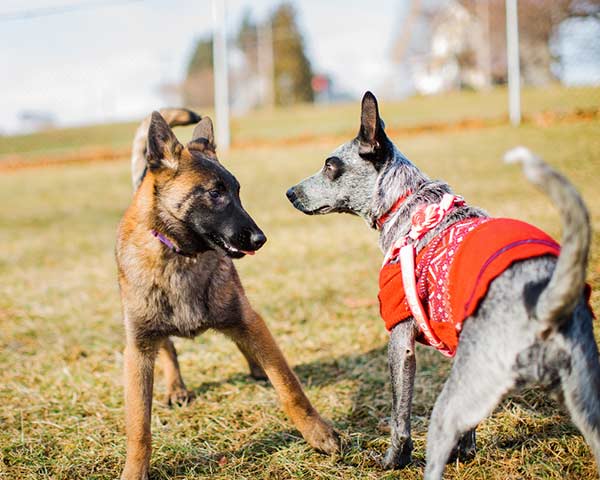
Your puppy will be eager to meet many new people and dogs. Doing so can help your puppy develop essential socialization skills and confidence. Introduce them to new people and dogs in safe environments. Let your puppy interact with others on a leash or in your arms before letting it interact on its own. Be sure to introduce your puppy to people and dog breeds of all shapes, sizes, and abilities.
Introduce New Places and Sounds
Your puppy will have to get used to many sights and sounds during its life, such as the vacuum cleaner, police sirens, and busy parks. Introduce them to new environments like cafes, breweries, and other people’s houses while they’re young. You can keep them on a leash or in your arms at first. When introducing new sounds like a vacuum cleaner, be sure to do so from a distance so as not to startle or scare the puppy.
Enroll in Puppy Classes
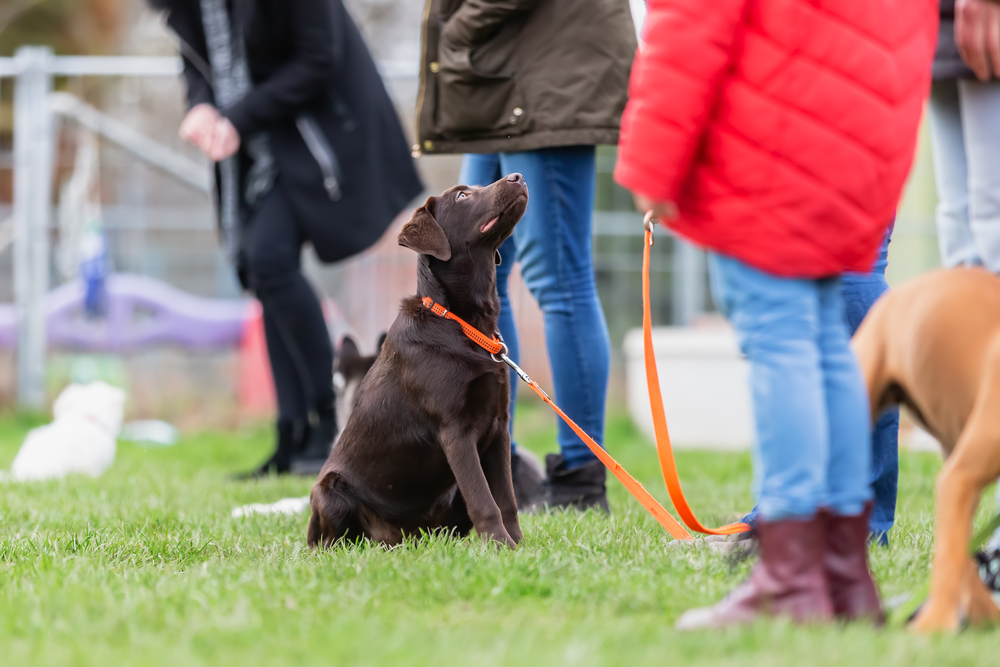
Trainers, shelters, and doggy daycares offer puppy classes in which you can enroll your puppy. Classes are great for both socializing your pup and introducing obedience training.
Practice Handling the Puppy

Part of socialization is getting your puppy used to being handled without fear, which can help them not fear the vet, groomer, or sitter. Touch your puppy’s feet, tail, and face while they play with toys. Make sure your puppy is used to being picked up as well.
Practice Taking Food Away
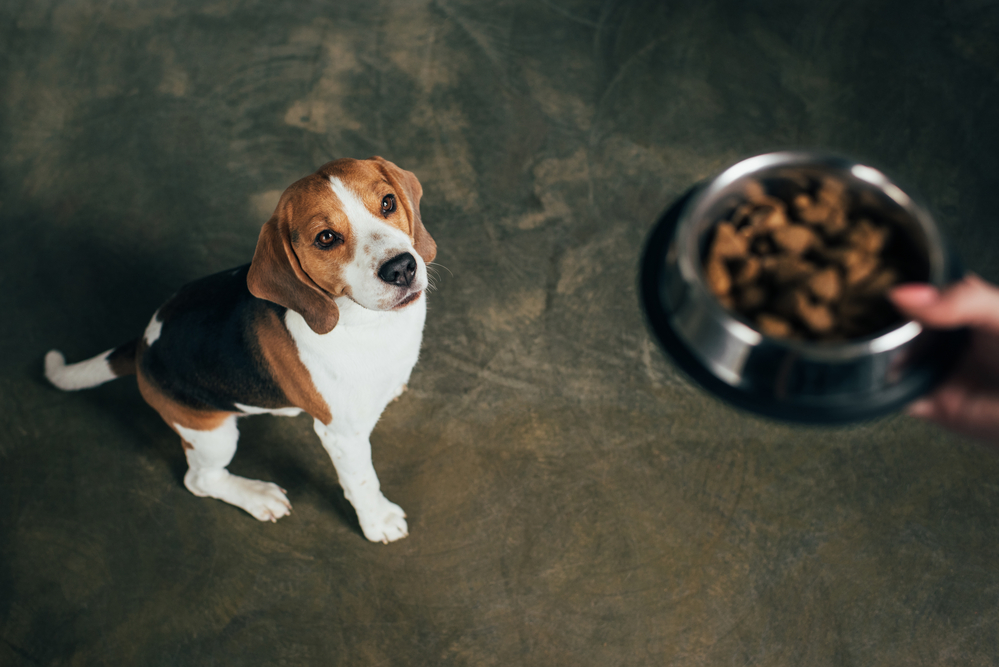
Some dogs struggle with resource protection (getting protective over their food). Practice taking a bone or food bowl away from your puppy. Give them a treat right away, then give them the bone or the food back, so they get used to the idea of things going away and returning.
Continue Socialization Past Puppyhood
Your puppy needs to be socialized as they transition into adolescence and adulthood. Consistency and continuation are the keys! Continue to introduce them to new places and things, and try changing up your walks every so often.
Socializing Older Dogs

Sometimes dogs don’t get the chance to socialize when they’re puppies. Perhaps you didn’t adopt the dog til later in its life, or the dog spent its formative puppy years inside due to COVID-19. Either way, it’s never too late to socialize a dog. However, it will likely be more difficult than socializing a young puppy.
Signs a Dog Needs to Be Socialized
- They’re fearful or aggressive around other people and animals
- They back up, or the hair on their back raises when people approach
- They’re nervous when out on walks or when on a leash
- They’re shy or anxious around other dogs or people
- They can get overly excited when meeting other dogs or people
- They exhibit aggressive behavior toward others
- They exhibit behavioral problems like barking
Mindset Is Everything
Make sure to start every socialization session with a positive outlook. Never try to socialize your dog when upset or anxious. Socializing older dogs is about reintroducing them to things in a positive context. You’ll have to introduce potential triggers and then reward calm behaviors with a mix of treats and praise. You might consider hiring a professional dog trainer if your dog shows severe aggression.
Know Your Commands
Socializing can be stressful for older dogs. Make sure that they know their commands like “sit,” “stay,” “watch me,” and “come” so you can get their attention in stressed or panicked moments. Do not start socializing until you’re comfortable with commands.
Go for Walks
The first step of socializing an older dog is going out on walks. Use a treat as a positive reinforcement when your dog has a calm interaction with another dog or human — even if that just means not responding when they’re far away.
Introduce Another Dog
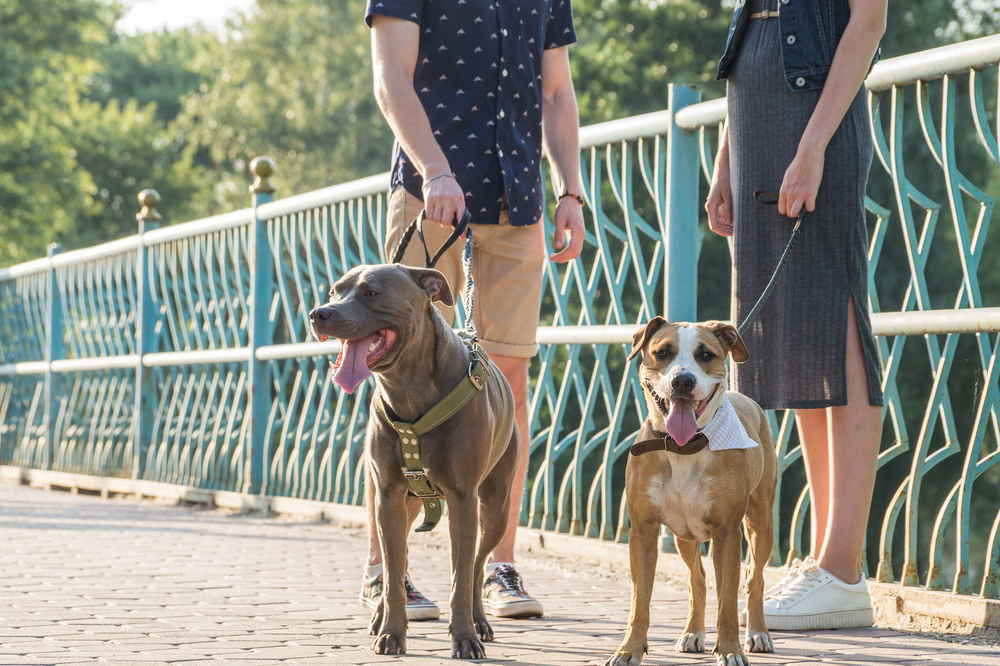
Once your dog is okay seeing other dogs on walks, you can introduce them to another dog. A great way to do this is to walk with a friend and their dog since walks are already a familiar activity.
- Allow space between the dogs as you walk and reward calm and polite behavior with treats. Let the dogs sniff each other after the walk is over while still on a leash.
- If this is still going well, you can take them to a fenced area and let them observe each other from a distance, on a leash.
- If things are still going well, you can let them interact off-leash.
It may take several walks for your dog to become comfortable walking with another dog. You can also take walks with several other dogs so your dog can meet multiple new friends.
Introduce Another Adult Human
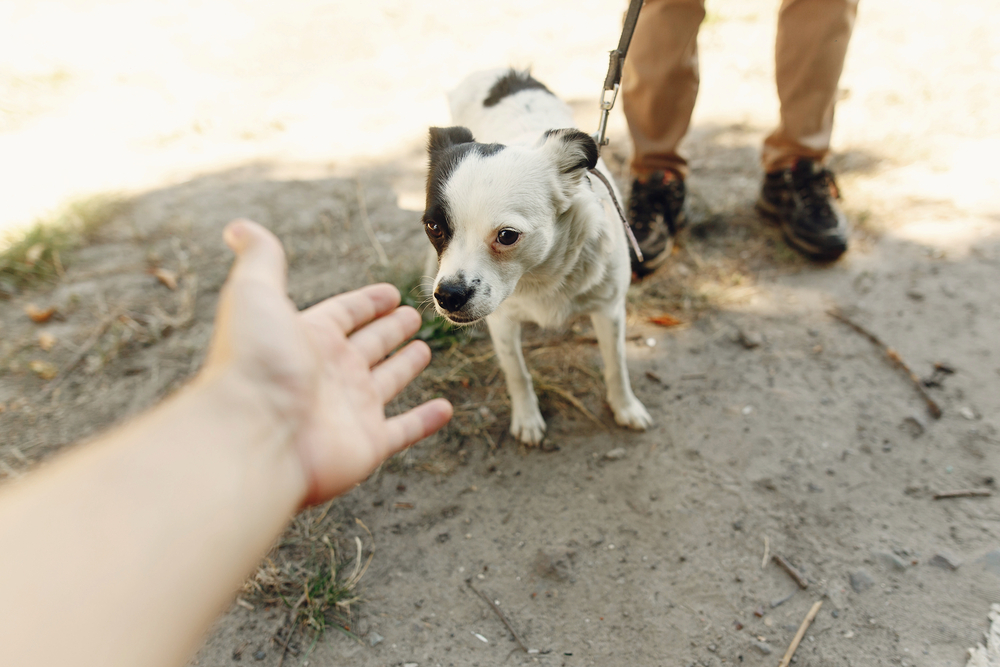
Some dogs might not have trouble meeting new people, but many do. Meeting new people is a great way for your dog to acclimate to new social situations.
- Ask an adult friend or family member to come over.
- Ask them to ignore your dog at first.
- If your dog remains calm, reward them with a treat.
- Allow your friend to give them a treat as they get more comfortable with each other.
Start by introducing your dog to one new person at a time. Eventually, you can work your way up to groups of people.
Introduce Puppies and Children
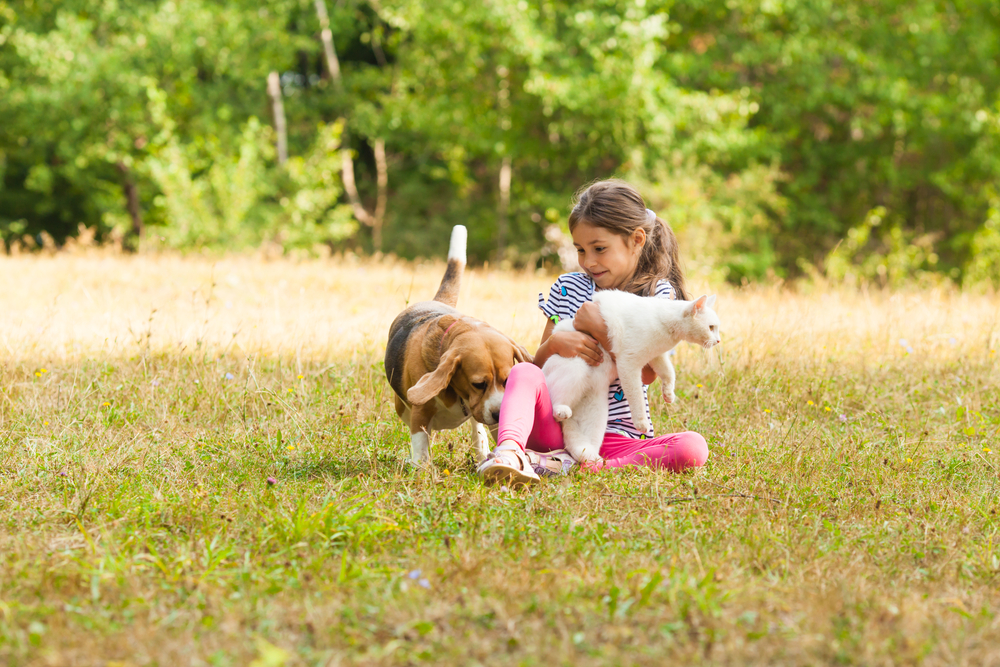
Once your dog is comfortable with several other dogs, you can begin introducing them to puppies and children. Puppies and children can be scary for dogs because they are unpredictable.
- Allow a lot of space between your dog and the puppy or child.
- Introduce your dog to a puppy or child on a leash first.
- Don’t allow touching until everybody has gotten comfortable with each other.
- Always supervise your dog with children and puppies.
- Only introduce your dog to a puppy or child when everybody is calm.
- Always reward good behavior with treats.
Visit Dog Parks
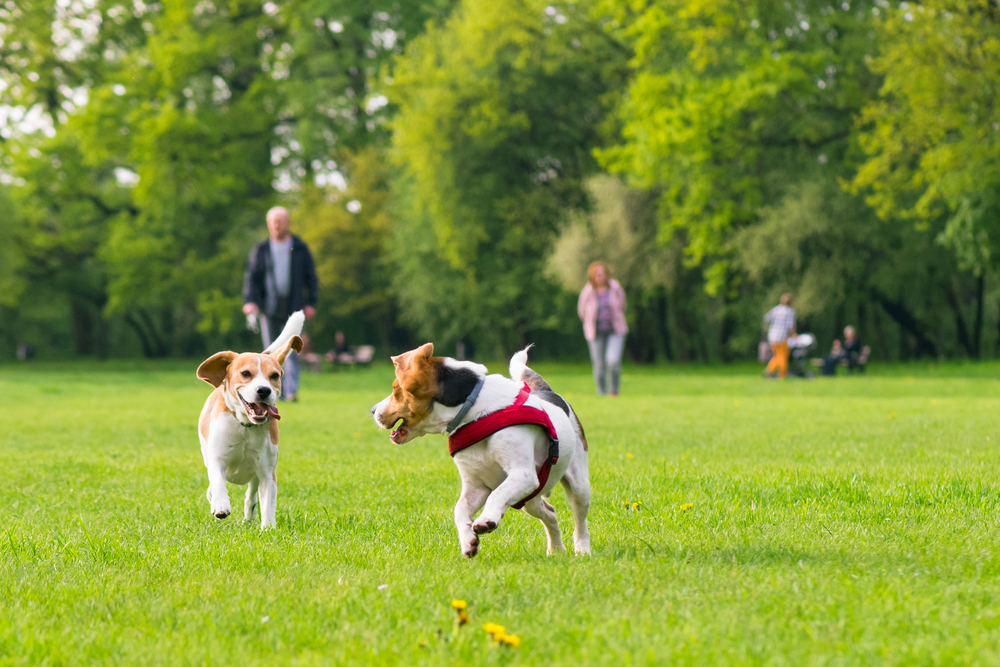
Once your dog has gotten used to meeting new dogs and people, they might be ready to go to a dog park.
-
- The first time you go, don’t go into the park; just lead them outside to the fence.
- Show your dog what’s happening in the park and reward good and calm behavior with treats.
- If your dog is comfortable outside the park, you can go in the next time.
- The first time you go in, keep them on a leash until they feel relaxed. Reward good behavior with treats.
- Once you and your dog are 100% comfortable, you can let them off the leash.
Maintain Socialization
Continuing socialization efforts is vital. Your dog will need constant reinforcement to be comfortable in social situations. Continue to meet new dogs, go to dog parks, and attend doggy daycare.
How to Socialize a Cat or Kitten
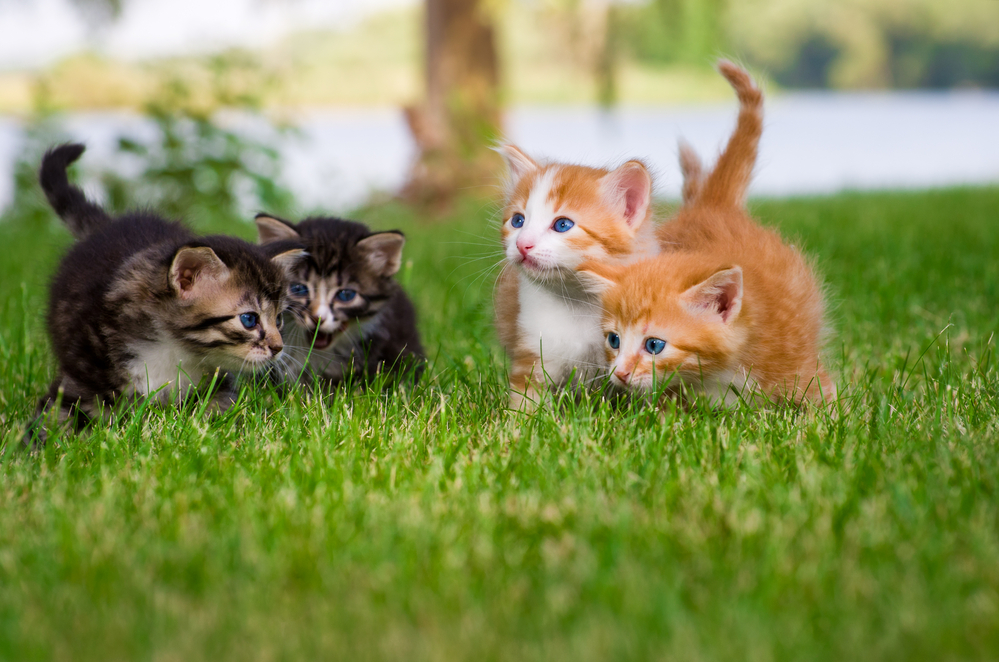
We usually think about socialization regarding dogs, but cats need to be socialized, too. Although cats don’t usually go outside and meet as many animals as dogs, they will likely meet new people and animals you bring into your home. When a cat isn’t socialized properly, it may become timid or aggressive or start displaying behavioral problems like scratching furniture or not using the litterbox.
Socialize as Early as Possible
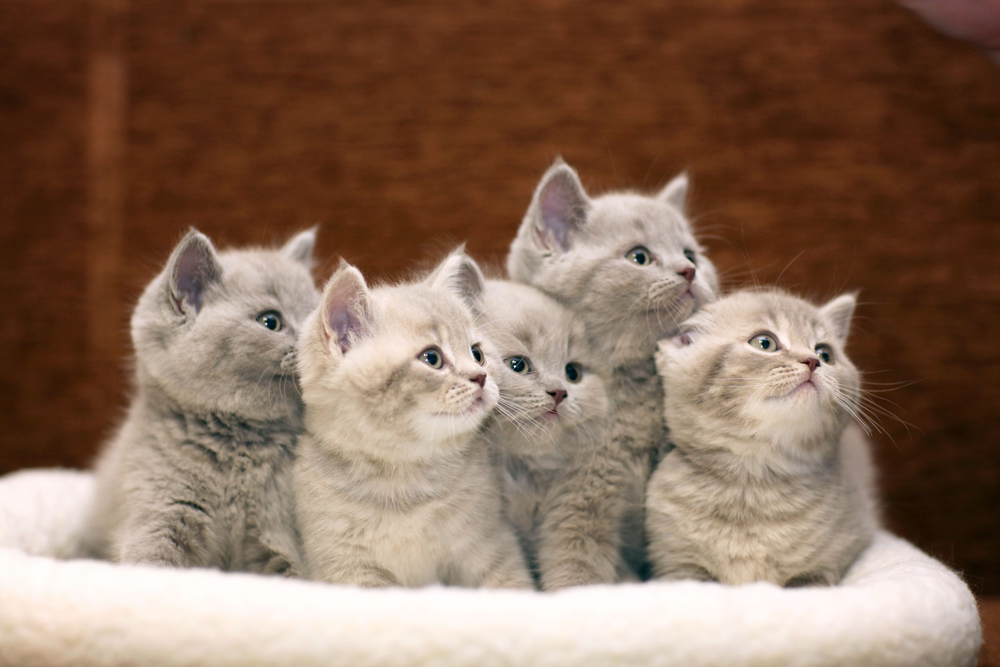
Like dogs, cats are easiest to socialize when they’re younger. Kittens are most receptive to new experiences when they’re between two and seven weeks old and are easiest to socialize until they’re 14 weeks old. However, you can socialize older cats, but it might require more time and patience.
Think About Your Lifestyle
Make a list of what your cat will have to get used to in your home, such as:
-
-
- Noises from traffic and neighbors
- Music or TV
- Vacuum cleaner
- Power tools
-
Then, consider how they will interact with you and other people in the house. Your list might include:
-
-
- Getting their teeth brushed
- Getting their nails trimmed
- Playing with toys
- Meeting new people
-
Let Your Cat Get Settled
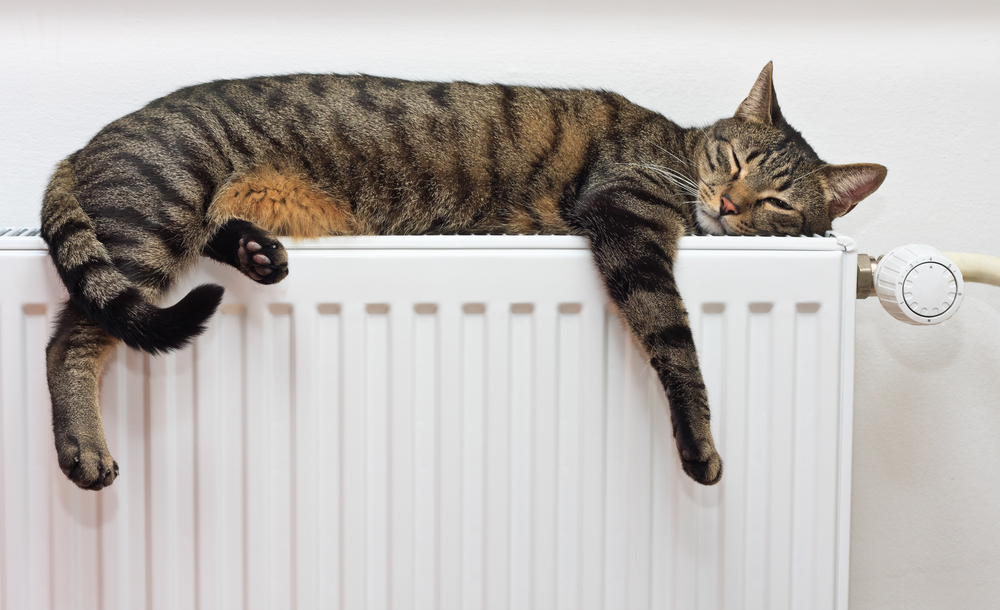
When you bring a new cat home, it will need time to settle in your house. Allow the cat to sniff the house, you, and your family — but make sure not to crowd them. Try offering a safe space for them by keeping their crate or carrier open in a room so they can access it when they want some seclusion. Make sure to feed them at the same time every day to help enforce a comfortable routine.
Get Your Cat Used to Handling
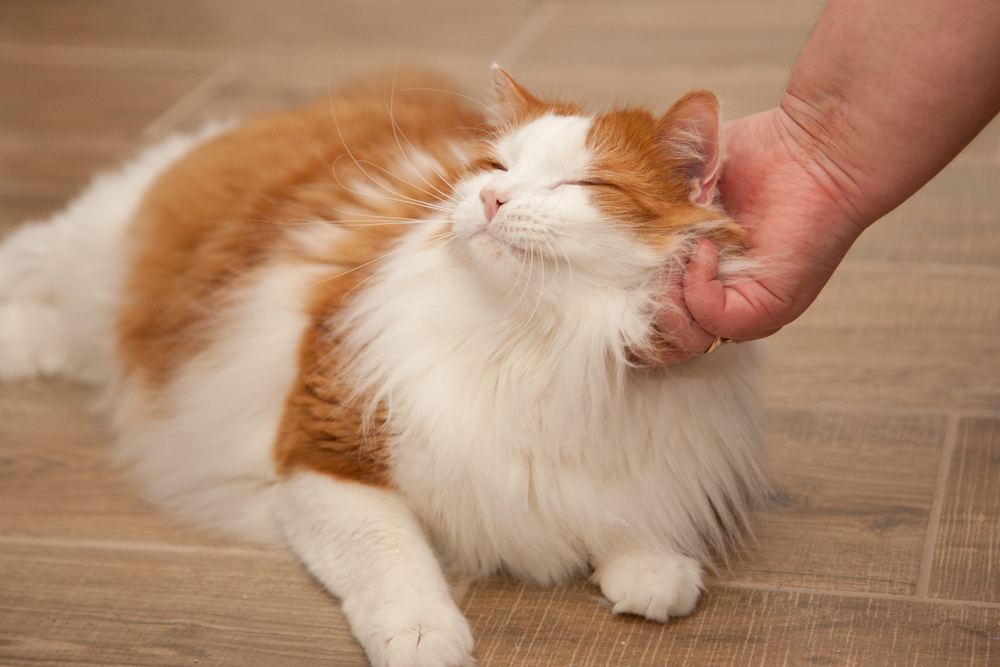
Some kittens and cats are not used to being handled but will likely have to be in their daily lives. To get cats used to handling them:
-
-
- Try getting down on your cat’s level and staying on the ground.
- Use a calming voice and slow, deliberate movements to avoid scaring them.
- Pet their head and shoulders but avoid the underbelly.
- Only lift them from underneath the chest at first — but don’t lift them if they seem nervous or scared.
-
Always Use Treats
Utilizing treats in your training can help reinforce positive reactions from your cat.
Introduce New People Slowly
If your cat isn’t used to new people, make sure to introduce people to them slowly. Work on socialization in a small, enclosed space where your cat will feel safe. Don’t have the new person approach them right away. The cat will come to the person when they are ready. Treats are also helpful in getting your cat to meet new people.

